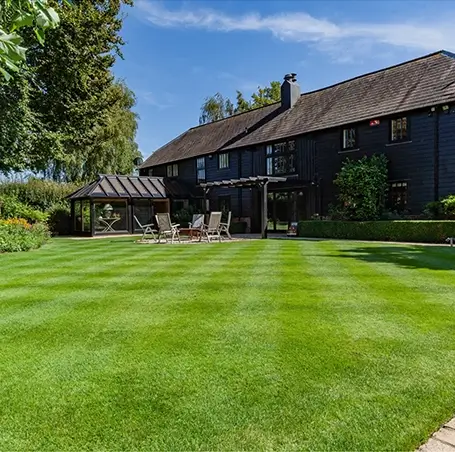There are many diseases that can impact the visual appearance and health of your lawn. Lawn diseases typically cause discolouration and affect the overall health of the grass plant. Each disease can be caused by different problems and environmental factors, such as:
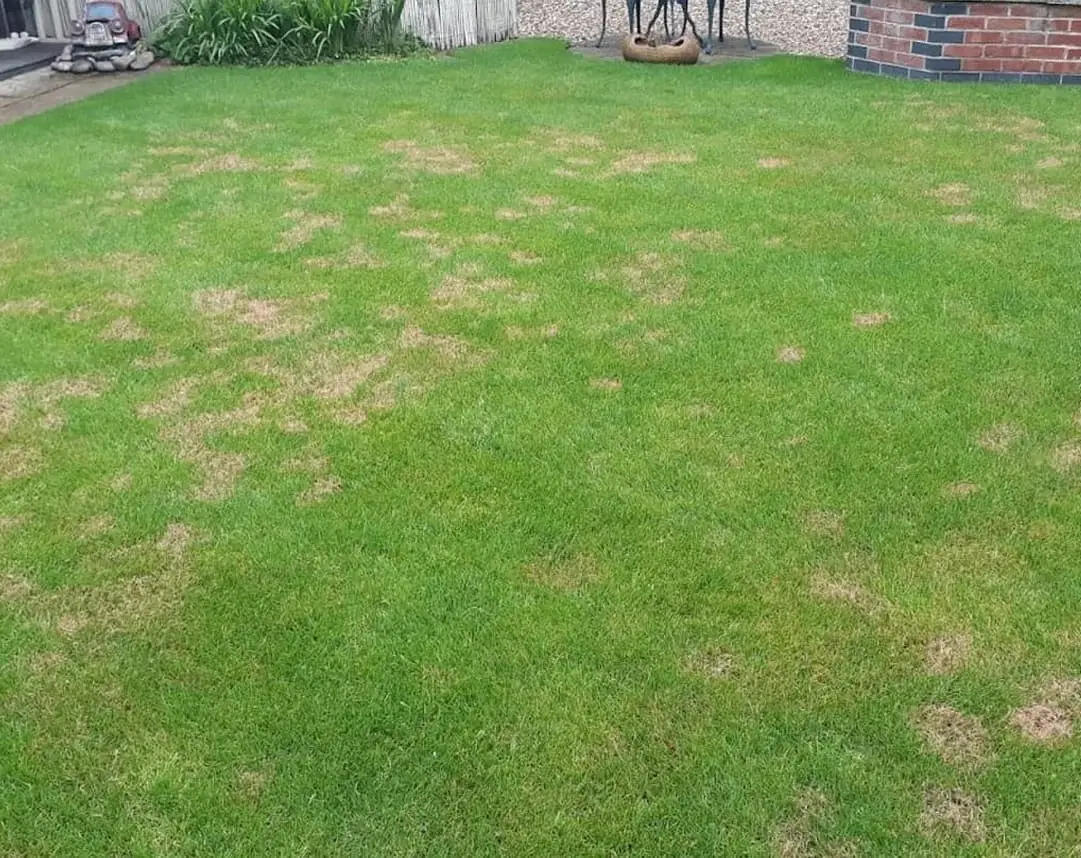
Lawn Master provides lawn disease control programmes to eliminate these diseases from your lawn when required. Some lawn diseases can be controlled with the application of the most beneficial fertiliser for your lawn, at the correct time of year. It takes a trained eye to identify the best fertilisers for your lawn, but this is something that our lawn experts will identify during your regular treatments.
The best way of avoiding these diseases is to have a regular lawn maintenance programme in place. This will keep your lawn free of diseases for the vast majority of time. We only recommend a fungicide treatment programme when normal treatments aren’t enough to stop the disease from progressing.

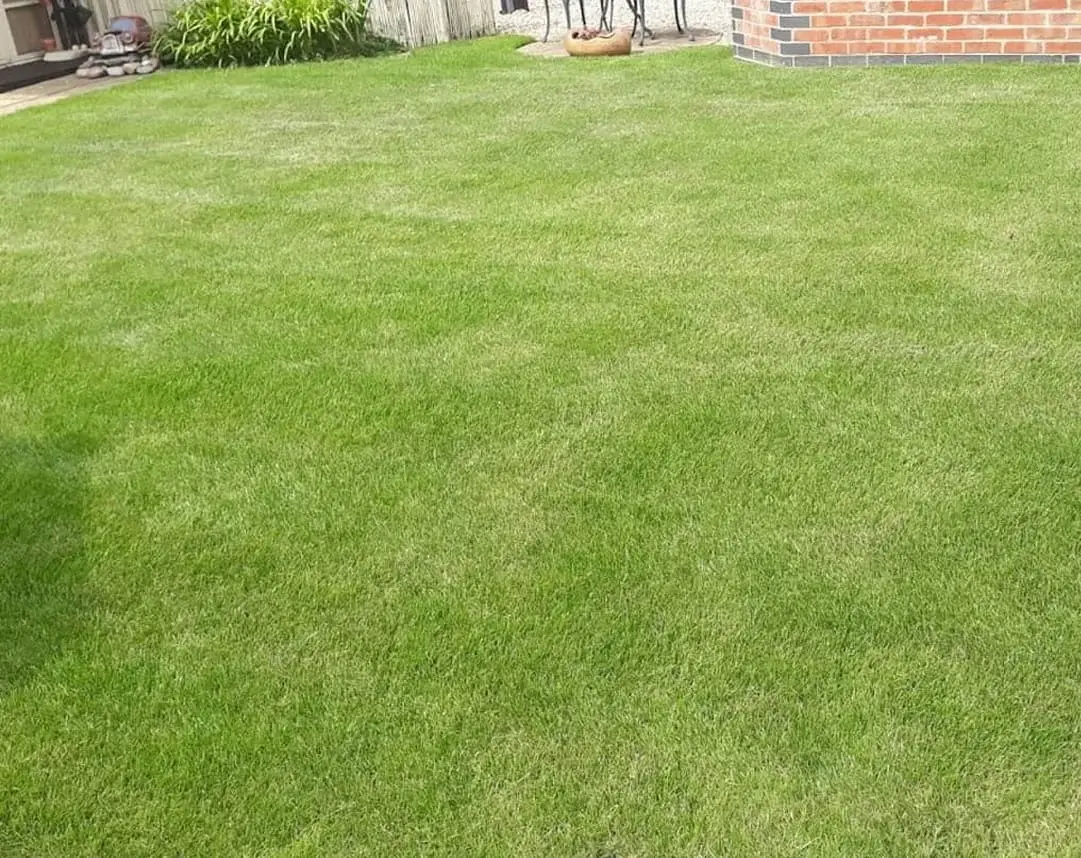 AFTER
AFTER
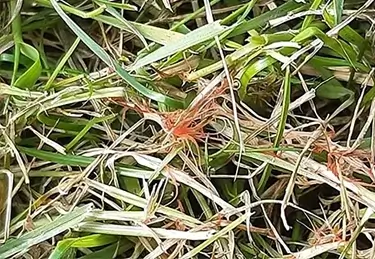
Red Thread is commonly found in domestic lawns in the UK. It is extremely common in fescue grasses, although it can occur in other grass species as well.
The disease rarely kills grass as it is not capable of damaging the roots.
Red Thread can appear in various conditions, as it favours both high humidity and dampness. However, Red Thread typically becomes most apparent between late spring, throughout summer and into early autumn.
Most strains of Red Thread are easy to prevent with a fungicide, but are much harder to cure once they are established, due to the amount of strains that now exist.
Lawn Master has methods using various products to control Red Thread, even when the disease is highly established.
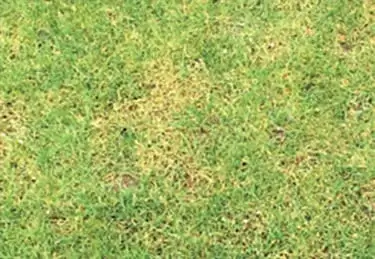
This disease grows in mild and wet conditions, and develops in excess levels of nitrogen.
It can attack at any time of the year but most commonly occurs during autumn and winter, particularly when drainage is poor.
Fusarium attacks most grass types, but in particular it attacks annual meadow grass (Poa annua). Decreasing the amount of Poa annua can therefore reduce Fusarium patch.
When the grass is very wet, the fungi can often be seen on the surface of the lawn. It has a white-pinkish cotton look.
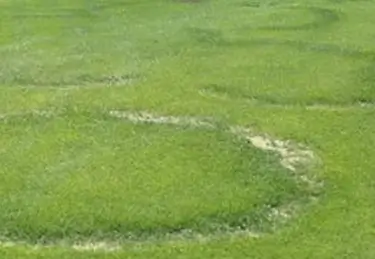
Fairy Rings can be a common problem in many lawns at some point. They can vary in size from being very small in diameter, to being many metres in diameter.
The main problem with Fairy Rings is that they are very difficult to control, due to the nature of the disease. The mycelium creates a waterproof layer in the soil, which means that when chemicals are applied, they usually prove to be ineffective against the disease.
Fairy Rings tend to appear and then disappear from time to time. Overall, they do not cause a big problem for most lawns and the problems are usually temporary.
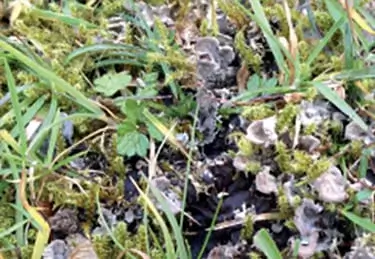
Lichens often appear in lawns where there is shaded areas, compacted soil and poor drainage.
They can be unsightly when infestation is high and they will typically be found in lawns that are suffering with high moss infestation. Dog Lichens consist of brown or grey flat structures that grow horizontally in the turf.
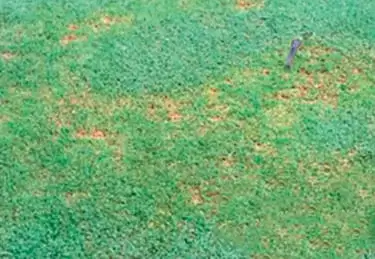
This disease is less common in lawns, but can occur when grass is stressed or is experiencing low fertility. If a lawn becomes affected by Anthracnose, it will usually be in the summer when drought is likely to be an issue. This disease takes advantage of areas with low cutting heights and areas of compaction.
The disease can occur in two stages. The first being a leaf blight that causes discolouration to the grass leaves. The second stage is a basal rot that kills off the grass plant.
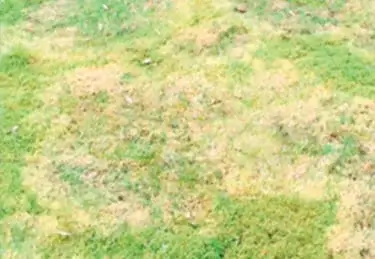
Take-all Patch is a less common disease, and is typically found in lawns with a high percentage of bent grasses. This species of grass is most often used on golf greens and bowling greens instead of lawns.
Take-all Patch can become apparent from mid-summer until autumn as orange and brown rings start to develop. The disease favours alkaline soils; therefore the disease can often occur when an application of lime has been applied to give the soil a higher PH level.
Poor drainage and excessive thatch can also be influencing factors.
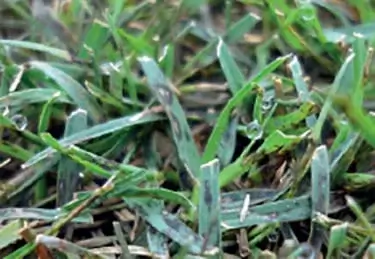
Leaf Spot is a very common disease caused by incorrect mowing. When the grass is cut too short, or when a lawnmower with insufficient power is used, a lawn is at great risk of catching this disease. Blunt mower blades are a common cause of this disease as the blunt blades tear the grass instead of cutting it clean.
The disease starts to show a few days after it has been cut, and it gives the lawn an overall yellow and stressed appearance. The disease attacks the grass leaves, where yellow-brown spots will be noticeable. Leaf Spot is more common in lawns with a high amount of ryegrass. This is because ryegrasses are much tougher than most other species, therefore a strong lawnmower with sharp blades is required at all times.
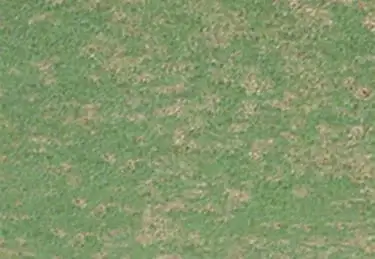
Dollar Spot is a disease most commonly found on close mown turf that consists of high amounts of fescue grasses. This would typically be a golf green for example, however those who own a fine ornamental lawn that is regularly cut to a low height would also be susceptible to Dollar Spot.
A tough utility lawn that consists of a high amount of ryegrass would be far less susceptible to this disease.
The conditions that favour Dollar Spot are similar to those of Red Thread. High humidly, warm days, cool nights and moisture from dew are all influencing factors, meaning these diseases can sometimes be found in a lawn at the same time.
When a lawn becomes infected with Dollar Spot, straw coloured spots will appear across the lawn that are around 10 - 20mm in diameter. Eventually, the spots can join together to affect larger areas.
312+ Lawn Care Professionals Employed Nationwide
